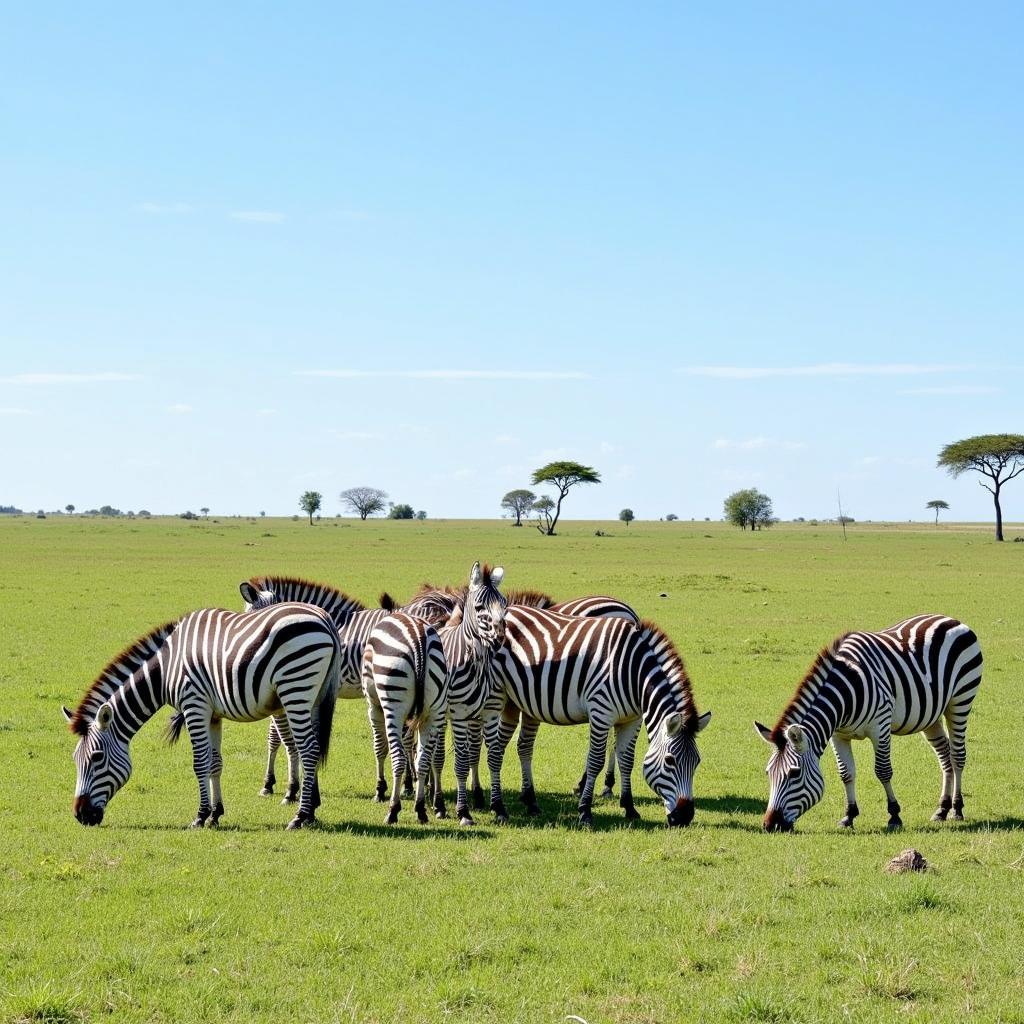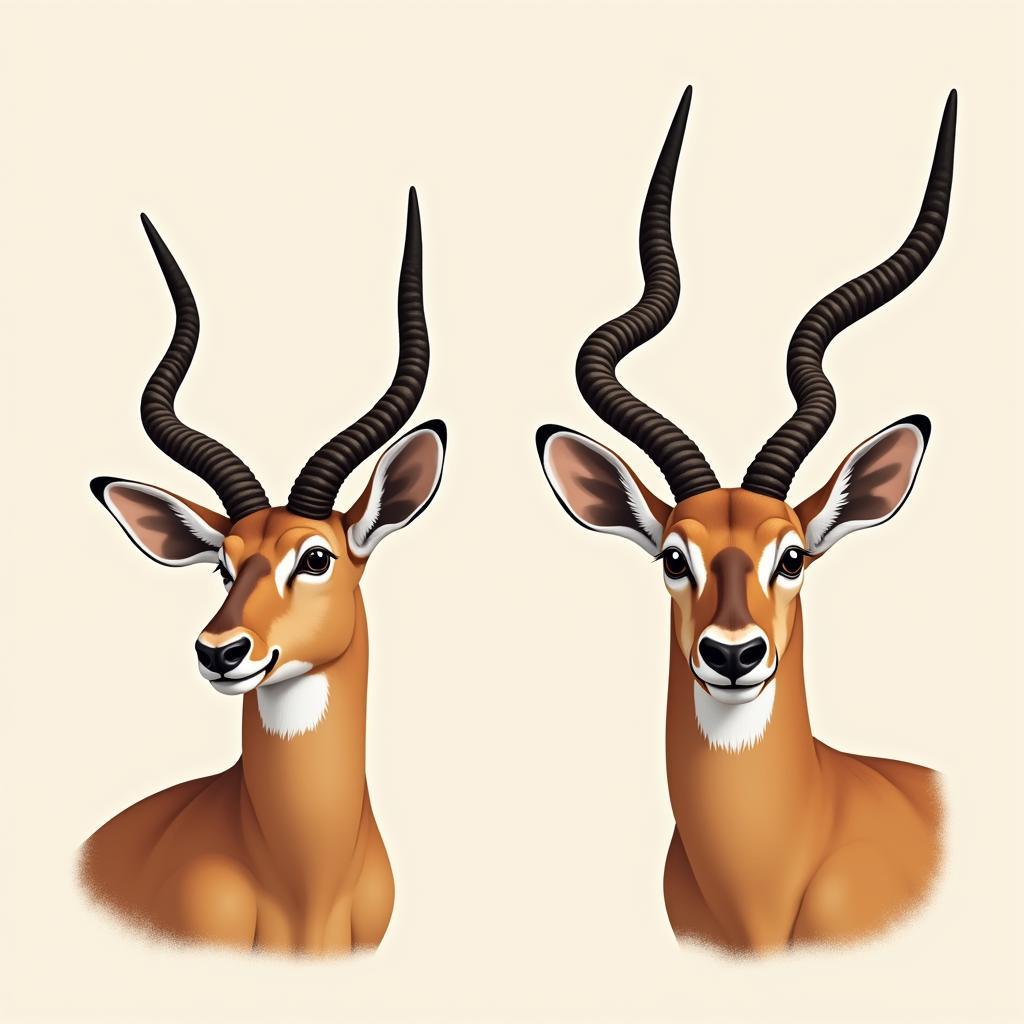The Ultimate Guide to African Herbivores: A Diverse List
Africa, a continent teeming with life, is renowned for its remarkable diversity of wildlife. Among its most captivating inhabitants are the herbivores, creatures that have adapted to thrive on a plant-based diet. From the vast savannas to the lush rainforests, African herbivores showcase an astonishing array of shapes, sizes, and ecological roles.
Grazers of the Savanna: A Symphony of Herbivores
The African savanna, with its sprawling grasslands, is home to some of the most iconic herbivores on the planet. These animals have evolved remarkable adaptations to graze on the abundant grasses that define this ecosystem.
Zebras: Striped Wonders of the Plains
 Zebras grazing on the African savanna
Zebras grazing on the African savanna
Zebras, easily recognizable by their striking black and white stripes, are highly social animals that roam the savannas in large herds. These stripes, unique to each individual, are thought to serve a variety of purposes, including camouflage, social recognition, and deterring biting insects.
Wildebeest: Masters of Migration
Wildebeest, also known as gnus, are large, antelope-like herbivores famous for their spectacular annual migrations. Driven by the search for fresh grazing lands, millions of wildebeest embark on a perilous journey across the Serengeti plains, creating one of the most awe-inspiring wildlife spectacles on Earth.
Gazelles: Graceful Sprinters of the Grasslands
Gazelles are known for their incredible speed and agility, enabling them to outrun predators with ease. These slender antelopes possess keen eyesight and can detect danger from afar, making them well-suited to life on the open savanna.
Browsers of the Woodlands: Herbivores of the Trees
While grazers dominate the open grasslands, other herbivores have adapted to browse on the leaves, twigs, and fruits of trees and shrubs found in woodlands and forests.
Giraffes: Towering Herbivores with a Unique Perspective
Giraffes, the tallest mammals on Earth, possess extraordinarily long necks that allow them to reach leaves inaccessible to other herbivores. Their height also grants them a unique vantage point, allowing them to spot predators from a distance.
Elephants: Ecosystem Engineers with a Voracious Appetite
Elephants, the largest land animals, are true ecosystem engineers, shaping their environment through their feeding habits. Their enormous size and powerful tusks allow them to topple trees and break open termite mounds, creating habitats for other species.
Water-Dwellers: Herbivores of the Rivers and Lakes
Africa’s rivers and lakes are home to a variety of herbivorous animals that have adapted to an aquatic lifestyle.
Hippos: Territorial Giants with a Vegetarian Diet
Hippopotamuses, despite their imposing size and aggressive nature, are primarily herbivorous. These semi-aquatic mammals graze on grasses at night, consuming vast quantities of vegetation to sustain their massive bulk.
Conclusion: The Crucial Role of African Herbivores
African herbivores play a crucial role in maintaining the delicate balance of their ecosystems. As primary consumers, they convert plant matter into energy, providing sustenance for predators and contributing to nutrient cycling. Understanding and conserving these magnificent creatures is essential for preserving the biodiversity of the African continent.



